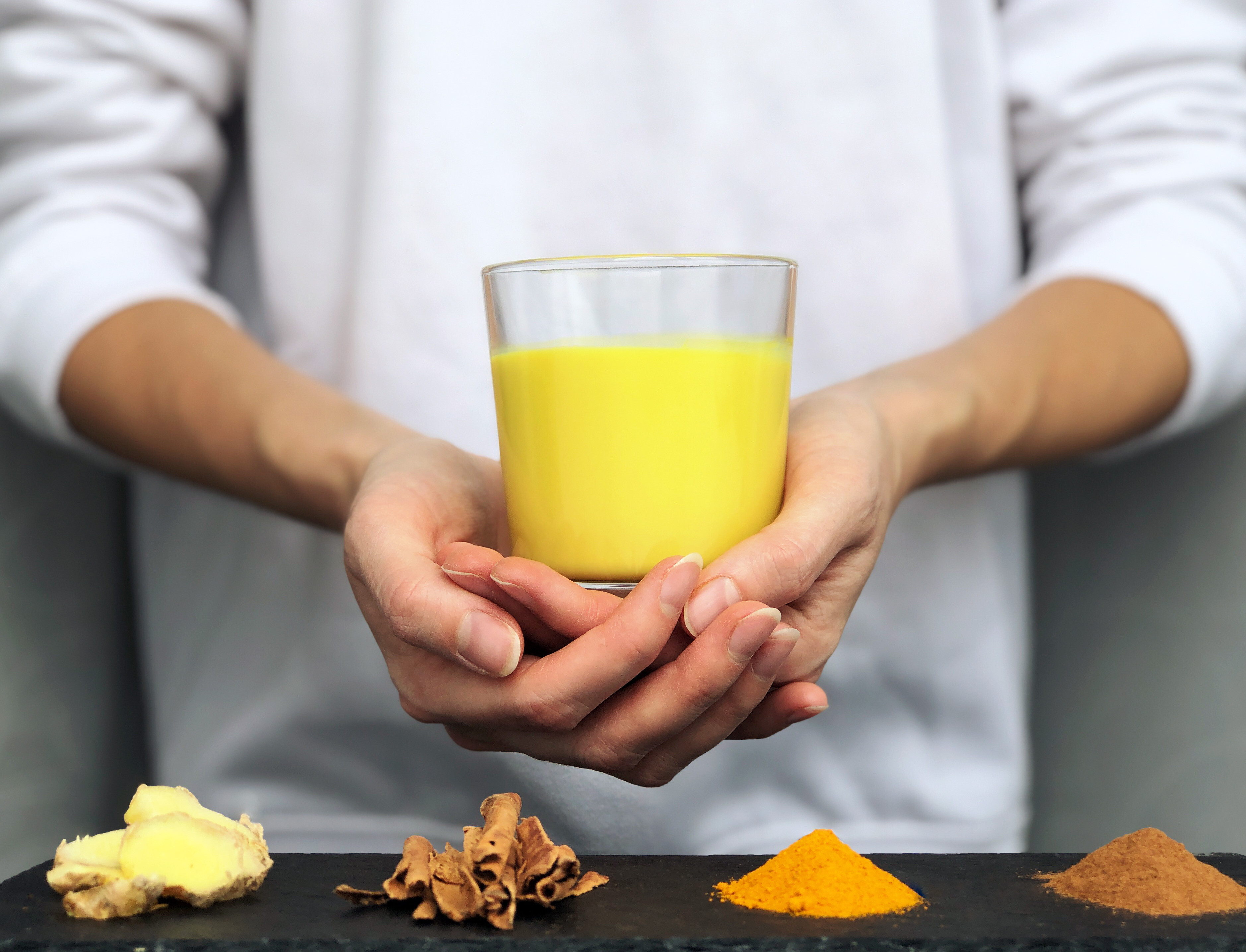There are many diets, but only a few treat a person as a whole body, mind and spirit, as Ayurveda does. The Ayurvedic diet is based on the concept of three life energies or doshas - vata, pitta and kapha, the expression of which determines the physical, mental and spiritual state of the individual. When we find out which dosha we belong to, we can improve our well-being with proper nutrition, massage, yoga and breathing exercises.
Ayurvedic diet it includes a precisely defined way of eating with movement and drinking hot water and rejuvenating tea. It should be emphasized that Ayurvedic cuisine is not classical Indian cuisine, nor is it necessarily Indian. He points out that every extra gram is the result of eating overly salty foods or foods spiced with chilies, which triggered thirst, and water was then retained by the body. If we have introduced too much fire into the body, we can also gain weight, because only - it evokes the feeling of hunger and thirst.

How does the Ayurvedic diet work?
Of course, from an Ayurvedic point of view, watching your weight does not mean obsessively weighing yourself and counting calories, you have to live a pleasant life, emphasizes the first lady of Ayurveda dr. Vinod Verma. The latter also states in her book Losing Weight with Ayurveda and Yoga that a light but large meal is heavy, while a heavy meal in a small amount is light. After each heavy meal, it is necessary to pay attention for a day or two to introduce simple food with little fat.
Among the factors that nurture dr. Verma adds:
1. Artificially fertilized foods
2. Sprayed, processed and canned food
3. Self-limitation in space
4. Sleeping right after dinner or eating snacks between dinner and bedtime
5. Too much sleep
6. Eating that does not take space and time into account
7. Sitting incorrectly and for too long
8. The end of the pie period and the transition to middle age
9. The state of mind that prevails in tamas (greed, laziness, dullness).
10. Lack of food rich in prana

Ayurvedic diet rules
- Yoga. We practice every morning for 15 minutes, best salutation to the sun.
- When we get up, the first thing we do is drink half a liter of hot water. Drink the same amount of hot water after lunch. But an hour after him.
- After yoga, we go for a half-hour walk, and after dinner, we go for a one-hour walk. If possible, we walk for 15 minutes after lunch.
- Outdoor recreation is more important than indoor recreation.
- Never shower or bathe immediately after a meal.
- We don't enjoy food in stressful situations
- Before eating it, mentally thank for the meal or do 25 breaths of pranayama.
- We don't eat between meals. Not even a piece of dark chocolate.
Vata, pitta and kapha as the foundation of Ayurvedic diet
Ayurveda recognizes three body constitutions that characterize our psycho-physical characteristics. These are vata, pitta and kapha dosha.
Vata dosha
Vata people are skinny, bones are visible and fragile, joints are thin, they often have dry skin and hair, long and dry fingers and brittle nails. They are restless and change their moods quickly. Vata dosha is increased in the body by eating dry, light, coarse and cold food and by eating bitter, astringent and too hot food. Raw and undercooked food also increases vata dosha. People with vata constitution or current vata imbalance need structure in their sleep, especially early going to rest and order in feeding. The dishes should mainly be warm, oily stews.
Pitta dosha
People with a pitta constitution are of medium height, with medium-built muscles, and have sensitive, light or freckled skin. These people are intelligent and accurate. Pitta increases in the body due to consumption of hot, sour and salty tastes and fermented foods. Too much heat, sun and stress harm people with a pitta constitution. People with increased pitta in the body should avoid fermented products, hot, sour and excessively salty foods, as well as coffee and alcohol.
Kapha dosha
Kapha persons have a strong and heavy body, bones and joints, a round face, large eyes, strong eyelashes and a button nose. People of the kapha type are shy and quiet. Eating sweet, sour, and salty foods increases kapha, as does too much fatty food, too much fluid, cold fluids, daytime sleep, inactivity, and feelings of greed and possessiveness. People with elevated kapha dosha should not consume dairy and wheat products.

Ayurveda is not just a diet - it is a way of life, and its goal is not only the treatment of diseases, but also prevention, which is also achieved through a person's attitude towards excess.






